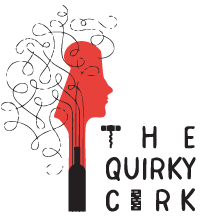Cordero di Montezemolo Monfalletto Barolo DOCG 2012
Family is such an important thing, be it blood family or the family you make. I have a fantastic family here in Istanbul. However, that doesn’t stop me missing my DC family or my blood family in Michigan. Many Old World wineries have been in the same family hands for generations. There’s something so special about this that adds to the air of nobility in Old World wines-be the family noble or not. It’s a piece missing from New World wineries…for the time being of course. A Family History Cordero di Montezemolo certainly understands the importance of family. Nineteen generations, going back to 1340 have cultivated vineyards and made wine in
Read More













